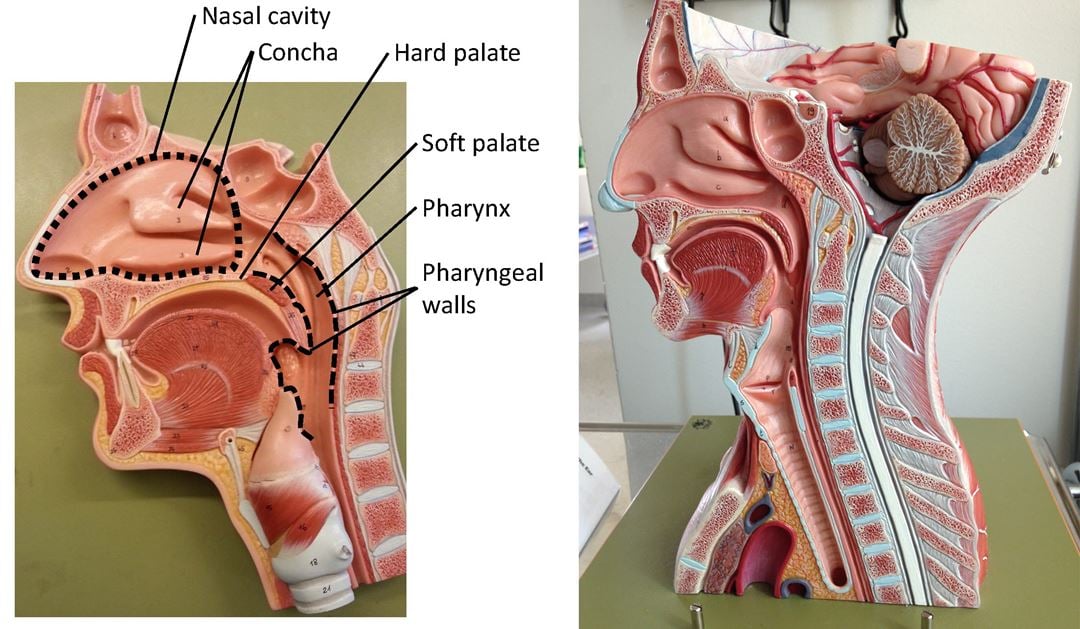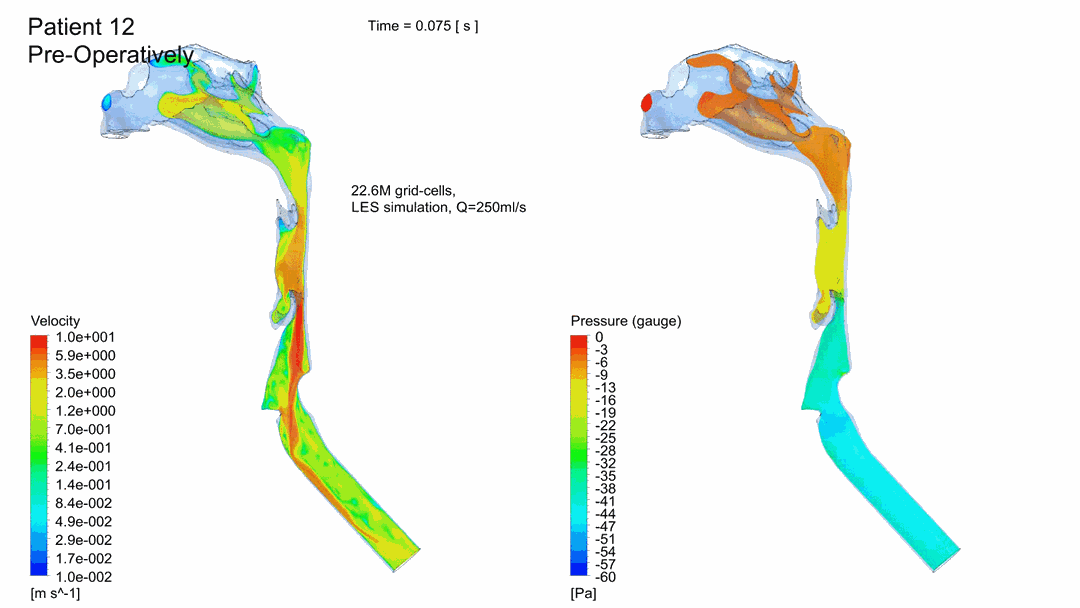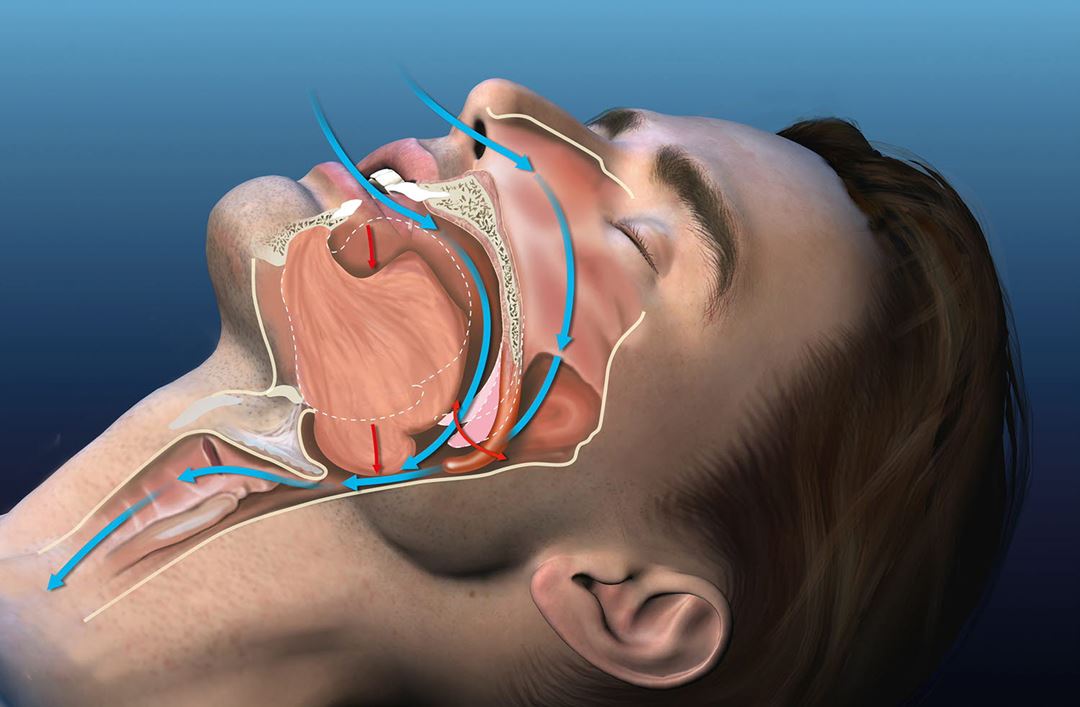The project is a follow-up project of the RCN researcher project Modeling of Obstructive Sleep Apnea by Fluid-Structure Interaction in the Upper Airways, which finished in 2017. The cross-disciplinary project consortium consists of medical (Ear-Nose-Throat) experts from St. Olavs hospital, the university hospital in Trondheim and fluid and structural mechanics experts from NTNU and SINTEF. The project's main hypothesis is that mathematical modeling can provide significant insight into the airway function and onset of OSA. That is, the project aims at utilizing engineering approaches to improve patient specific diagnostics and treatment planning.

The long-term vision of the consortium is to create a software-based, commercial design-tool that can be employed by medical personnel in treatment planning. This will allow clinicians to evaluate the treatments' probability of success and to optimize treatment options prior to medical or surgical intervention. The practical value lies in the reduced cost associated with mistreatment and overtreatment both in terms of social economics and the patients' risk and inconvenience. The scientific value lies in the quality and interaction of clinical research, experiments, mathematical/numerical modeling and numerical simulation of OSA.

The project will utilize mathematical/numerical models, laboratory airflow experiments, and clinical pre- and postoperative data from OSA patients, in order to:
- Lay the foundations for computer-assisted decision support in personalized medicine in OSA.
- Determine the predictive factors for success/failure in OSA treatment.
- Create guidelines for effective surgery in the nasal cavity and pharyngeal airway in OSA treatment.
- Provide new understanding of the fundamental physical phenomena that cause OSA.
SINTEF contributes with laboratory facilities and high-performance computer (HPC) resources in addition to expertise on fluid dynamics and numerical simulation. SINTEF researchers contribute actively in the supervision and guidance of M.Sc. and Ph.D. students associated with the project.
The project is mainly financed by the Research Council of Norway (RCN), with a total budget of 12 MNOK and is financially supported by NTNU and SINTEF and with computational resources by the national HPC infrastructure UNINETT Sigma2 AS.

